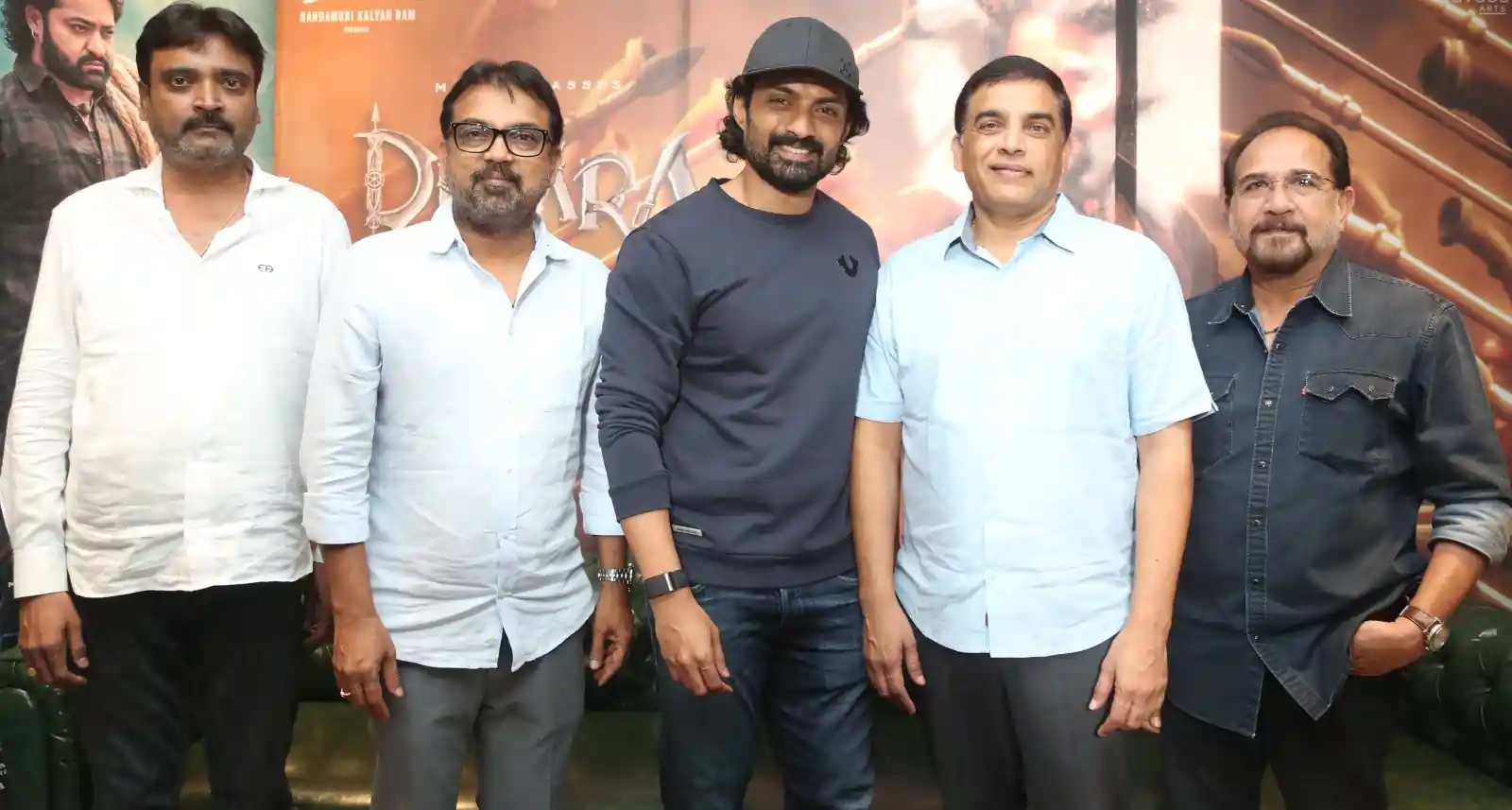
Viral phenomenon: A Wknd interview with former WHO chief scientist Dr Soumya Swaminathan
4 months ago | 44 Views
What does it take to lead like a woman, in a heavily male-dominated field such as public health? It takes a lot of resilience, says Dr Soumya Swaminathan, and it takes confidence. It also helps to remember, she adds, that “as lonely as it might seem at the top, you are never really alone”.
“Women are fighting the same fight in every country. The top women scientists and researchers around the world are navigating the common challenges of confronting inflated male egos and fighting for the recognition they deserve. It is one more thing that ties us all together and keeps us going.”
Other things to keep one going, she says, laughing, can be as simple as a WhatsApp group. During her years as deputy director-general for programmes at the World Health Organization (WHO; 2017 to 2019), Dr Swaminathan was part of a WhatsApp group called Amazing Ladies of Geneva, created by healthcare leaders from around the world who were posted in that city. It became a safe space and an integral learning ground.
The group was made up of women conducting research, developing guidelines, battling to stop the spread of tuberculosis (TB) and AIDS, fundraising and overseeing the disbursal of aid. They discussed global events and trends, and each other’s personal lives.
“Late-night chats ranged from small wins and losses of the day to the pain of being away from family. There was also a lot of laughter, impromptu dinner plans, and getaways to the French Alps,” says Dr Swaminathan, 65. “There were times when some of us went through very trying times, even wanting to give up on these positions of power. We exchanged our strategies for coping, and carried on, while providing a shoulder to each other when needed.”
If it seems like the fellowship of women has meant a lot to her, perhaps that’s because the paediatrician and clinical scientist has spent years in one hot seat after another. After her time studying drug-resistant TB in children, and interconnections between HIV and TB, she served as director of the National Institute for Research in Tuberculosis (NIRT), in 2012. Her pioneering work there included expanding the use of molecular diagnostics for TB surveillance and care, and conducting large field trials of TB treatment for the underprivileged.
By 2015, she was the only woman applicant interviewing for the role of director-general of the Indian Council of Medical Research (ICMR). She got the job, becoming only the second woman to head the Council (after Dr GV Satyavati, in 1994).
Through hours of uncomfortable meetings with experts who often seemed confused by her seat at the table, she had her first big win when she successfully blocked the rollout, in 2016, of a dengue vaccine developed by a French company.
There wasn’t enough evidence that it was safe for children, she says. Amid pressure from vested interests and “booming threats of ‘Mantriji ko bolenge (We’ll be talking to the minister about this)’,” she was vindicated when the vaccine’s registration was suspended in the Philippines in 2017, amid concerns over its side effects.
***
Then came 2019. WHO created the position of chief scientist early that year, and appointed Dr Swaminathan to the role. Even as it was taking shape — she was pondering questions of how they should define their mission; what research they ought to push for — her questions were answered in a way she couldn’t have imagined, and wouldn’t have asked for.
Covid-19 struck.
Through the pandemic, until 2022, Dr Swaminathan served in this capacity, building a new science division and leading a team of 100 people to develop a roadmap for Covid-19 research and release new evidence-based guidelines for the public.
In her biography, At the Wheel of Research (March; Bloomsbury), written by Anuradha Mascarenhas, Dr Swaminathan talks about the panic and misinformation they battled, alongside the virus, and the anger, abuse and even death threats that she and other scientists received.
The book pays tribute to her parents: the teacher and educationist Mina Swaminathan, and of course MS Swaminathan, the man credited as the father of India’s Green Revolution.
Growing up on the Indian Agricultural Research Institute (then Pusa Institute) campus in Delhi, Dr Swaminathan recalls how she had wanted to be a vet and a geneticist. She speaks of how her dreams of a career in science were encouraged by her parents and by their friends, who included scientists and Nobel laureates such as CV Raman, Vikram Sarabhai and Norman Borlaug.
Eventually, she would choose another set of patients often unable to express their pain: children. Through her career, her parents’ values informed her work, she says.
Her mother had helped found Mobile Crèches, the daycare programme for children of construction workers. “She was fearless and outspoken, and instilled in me and my two sisters a sense of social justice and equity. My father impressed upon us the importance of humility. I remember him saying the Green Revolution came about only because of the synergy between scientists, politicians and farmers, describing it as a symphony orchestra.”
In a time when a lot of lip service is paid to the idea of more women in STEM, her biography also pays tribute to allies from her early years. As a researcher at NIRT Chennai in the early 2000s, she recalls, she was reluctant to attend HIV-TB meets in New Delhi. Tired of being sidelined at these sessions, “which were dominated by older men”, she asked Dr PR Narayanan, then director of NIRT, to stop sending her there.
“He reminded me that I was the one working at the grassroots level, I was the technical expert, and that I probably knew more than most of the people in that room,” she recalls. “I realised I would have to push my way into a system that was clearly not built to be inclusive.”
As chairperson of the MS Swaminathan Research Foundation, Dr Swaminathan wants to continue her father’s mission of vital research, synergy and a symphony of change. She aims to make health a key focus area of the Foundation, with an eye on adapting healthcare systems to better cope with the demands of the unfolding climate emergency.
Training aanganwadi and ASHA workers, for instance, should be a priority, as heatwaves become more intense and more prolonged and floods more rampant, she says. Digital health innovations, possibly enhanced by artificial intelligence, will be the key to making the best use of data, to inform programmes and policies.
What gives her most hope, meanwhile, she adds, is the young people of today. “They are so confident and articulate. They know how to speak their minds and achieve their goals. If we really want to build a scientific cadre in India, we need to invest much more and much earlier, at the school-level,” she says, “to get more young people into science, and to support the continuation of careers, especially for women.”
Read Also: weekend drive by hormazd sorabjee: watching a lotus blossom





















